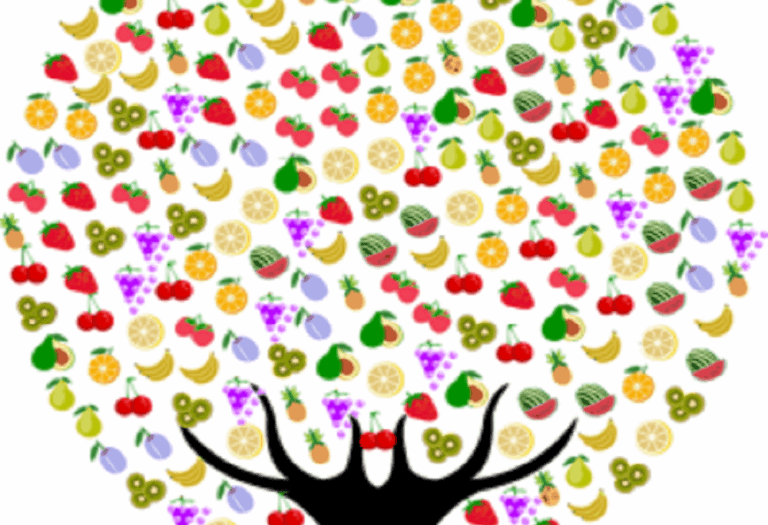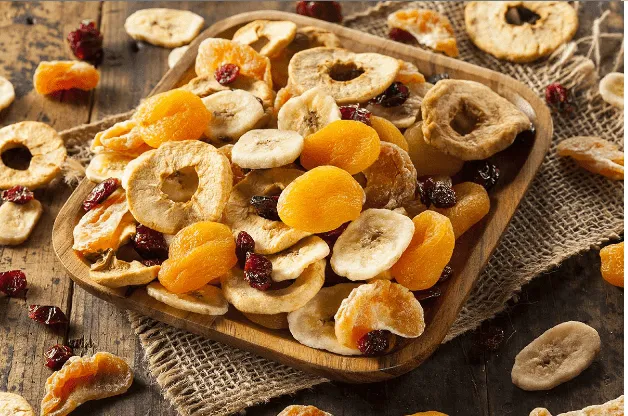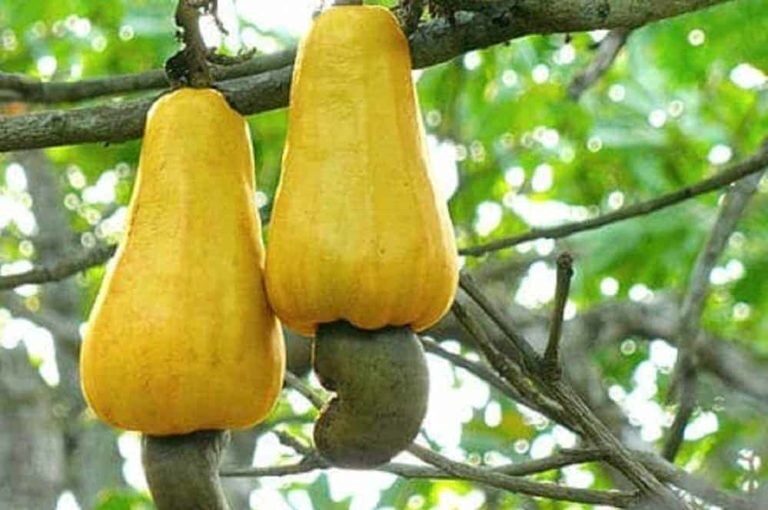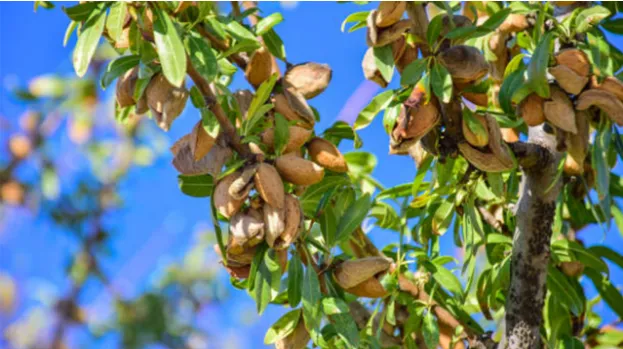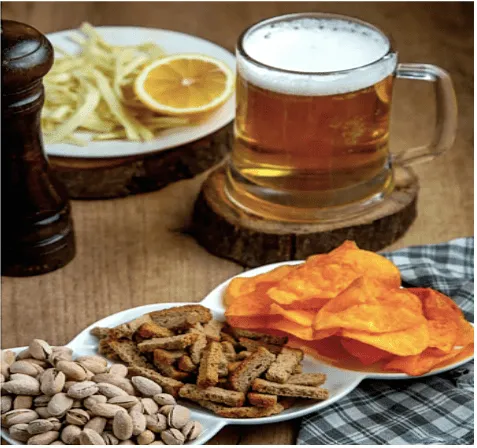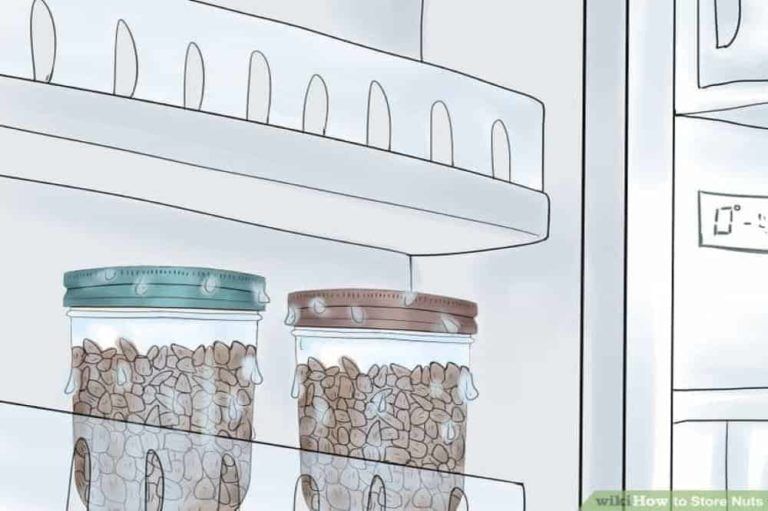Your cart is currently empty!
The Process Of Drying Apricots
Dating back to the fourth millennium BC, humans have been drying fruits for consumption. Dried fruit has a variety of qualities, including preservation and high nutritional value. It also makes for a phenomenal snack that is sweet and easy to eat. As you can see, we have a fond appreciation for dried fruit. There are many ways to dry fresh fruits, and we would like to share one with you. In this post, we will talk about the factory process of drying apricots in bulk.
The first step is ensuring the fresh apricots are ripe and ready. Ripe fruit is essential to a successful drying process. The firmer the fruit is, the more nutritional value you will get. Not to mention, it will be sweeter from a higher concentration.
If you are drying your fruit, you may consider growing it yourself. The US soil grows many different dried fruits, such as strawberries, blueberries, cranberries, cherries, peaches, pears, plums, figs, and apricots. A good portion of these fruits, including apricots, come from California, which has extremely rich soil and an excellent climate for growing these products.
Once the fruit is picked, it is separated into small, medium, large, and extra-large sizes. Separation makes for a smoother process. The apricots then go through conveyer belts for quality control. As a result, this process leaves all the twigs, branches, leaves, or soil behind. This is to assure you are only getting the apricots and nothing else. Once quality control is complete, they separate each size into industrial, standard, and choice grades. At many factories, they have exceptional technology equipped with cameras called optical cameras. These cameras can sort the apricots with blemishes from the more perfect ones.
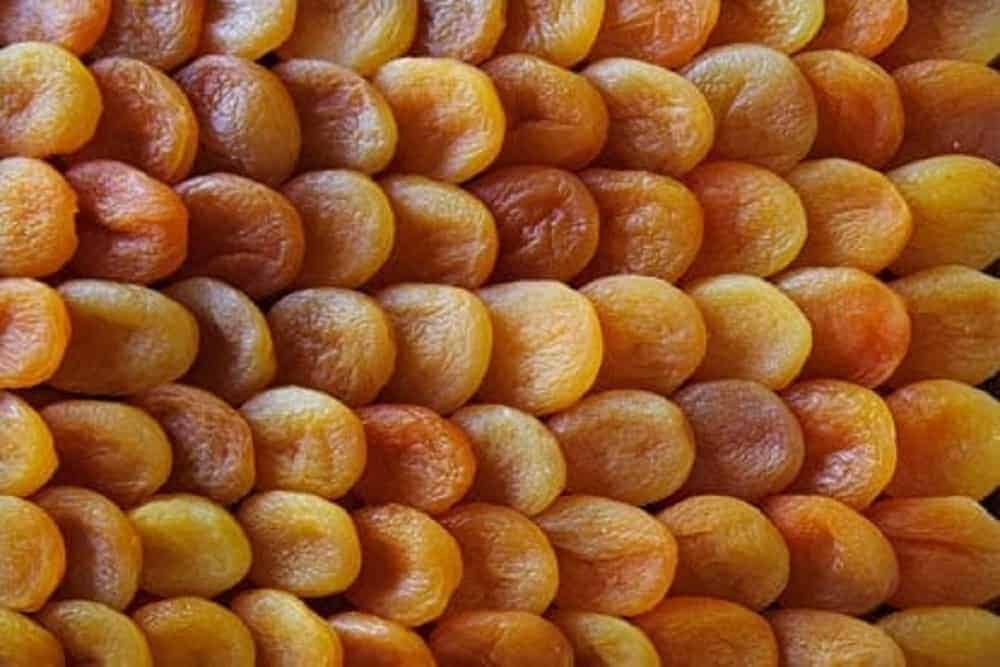
If you are drying your fruit, you may consider growing it yourself. The US soil grows many different dried fruits, such as strawberries, blueberries, cranberries, cherries, peaches, pears, plums, figs, and apricots. A good portion of these fruits, including apricots, come from California, which has extremely rich soil and an excellent climate for growing these products.
Once the fruit is picked, it is separated into small, medium, large, and extra-large sizes. Separation makes for a smoother process. The apricots then go through conveyer belts for quality control. As a result, this process leaves all the twigs, branches, leaves, or soil behind. This is to assure you are only getting the apricots and nothing else. Once quality control is complete, they separate each size into industrial, standard, and choice grades. At many factories, they have exceptional technology equipped with cameras called optical cameras. These cameras can sort the apricots with blemishes from the more perfect ones.
Have you ever wondered why apricots are orange or brown?
Next, we process each apricot’s So2 and moisture. Brown apricots are not treated with any sulfur. Sulfur: Apricots are the orange color we all know them by. Thus, it is conventional to accomplish such a method by contacting the best quality of farm ripe apricots with a buffered sodium chloride solution. When quality standards have been met, the apricots are ready to be dried. They will put them in the sun and that will make them kind of soft and it’s pretty, like it’s moist even though it’s a dried product. Drying Apricots The drying time for Apricots is generally 3-4 days. After they are dried, they put the dried fruit away in a cold storage. The fruit is washed and packed to order. And then at your doorstep, that’s when they arrive, and you can snack.
Voila! You now know the factory process for drying apricots. Pretty cool, huh?
An informative video on a supplier drying apricots for consumers:

